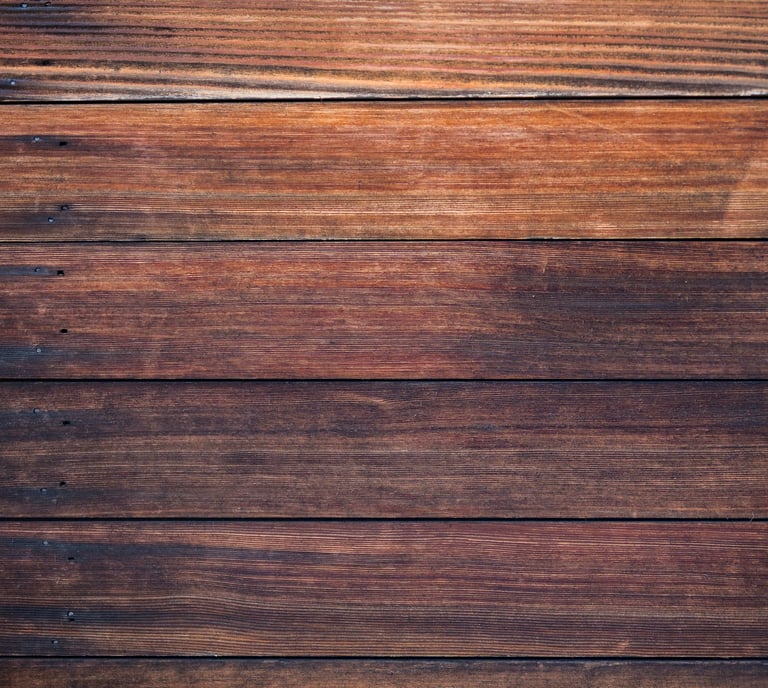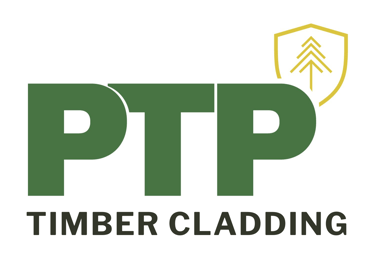Comparing different types of timber cladding
When it comes to cladding your home or building, timber is an excellent choice due to its versatility, durability, and environmental friendliness.
Comparing different types of timber cladding
3 Apr
When it comes to cladding your home or building, timber is an excellent choice due to its versatility, durability, and environmental friendliness.
However, there are various types of timber cladding to choose from, and each type has its unique characteristics, strengths, and weaknesses. In this article, we'll compare different types of timber cladding to help you make an informed decision.
Softwood Cladding: Softwood cladding is the most popular type of timber cladding due to its affordability, availability, and ease of installation. Softwood comes from coniferous trees like spruce, pine, and cedar, and it is a good choice for cladding buildings with a rustic look. However, softwood cladding is less durable than hardwood cladding and requires more maintenance, such as regular staining, to keep it in good condition.
Hardwood Cladding: Hardwood cladding comes from deciduous trees like oak, teak, and ipe. Hardwood cladding is more durable than softwood cladding, and it is resistant to moisture, pests, and decay. Additionally, hardwood cladding is low maintenance, and it can last for up to 50 years without needing any treatment. However, hardwood cladding is more expensive than softwood cladding, and it can be challenging to install due to its density and hardness.
Modified Wood Cladding: Modified wood cladding is a new type of timber cladding that is created by modifying the chemical structure of softwood. This process improves the wood's durability, stability, and resistance to decay and insects. Modified wood cladding comes in various colors and textures and is low maintenance. However, modified wood cladding is relatively new, and its long-term performance is yet to be determined.
Thermally Modified Wood Cladding: Thermally modified wood cladding is a type of timber cladding that is created by heating softwood at high temperatures in a low-oxygen environment. This process changes the wood's cellular structure, making it more stable, durable, and resistant to decay and insects. Additionally, thermally modified wood cladding has a unique appearance, with a darker color and a more uniform texture. However, thermally modified wood cladding is more expensive than softwood cladding, and its unique appearance may not be suitable for all building styles.
Accoya Wood Cladding: Accoya wood cladding is a high-performance type of timber cladding that is created by acetylating softwood. This process improves the wood's durability, stability, and resistance to decay, insects, and moisture. Additionally, Accoya wood cladding is low maintenance and can last up to 50 years without needing any treatment. However, Accoya wood cladding is one of the most expensive types of timber cladding, and it can be challenging to source in some regions.
To wrap it all up, when choosing a type of timber cladding for your building, it's essential to consider factors such as durability, maintenance, appearance, and cost. Each type of timber cladding has its unique characteristics, strengths, and weaknesses, and the best type of timber cladding for your building will depend on your specific needs and preferences.






